Cuban model, dancer, and choreographer Lazaro Cuervo Costa has traveled around the world, dancing with his home country's most prestigious dance companies, and in theatrical productions of The Lion King and Tarzan. As a model, he's also worked alongside Jean-Paul Gaultier and photographer Francois Rousseau. Here, we get to know the Cuban beauty a little better, and we talk to Costa about art, spirtuality, and his constant need to move.
Out: You started dancing at a very young age--what got you into it?
Lazaro Costa: Who or what made me become a dancer was the way I always was and felt. This was the right thing for me. It was the way I felt I can find freedom. It was not only dance; it was about being on stage, using all my potential for acting, modeling, singing. It's about being me without walls, and I cared about absolutely nothing else.
You've been training really intensely since you were young. How have you kept that focus and that work ethic? Do you have any mantras or rituals that help you regain momentum?
I don't. It is part of me. I always feel I was born for that. Without forcing and with much pleasure, I train, I go to dance class and learn different styles. When I'm not working, I start to miss the feeling I get when I dance. If I need to move, I move at home. It is not a ritual: it is a necessity.

You perform Afro-Cuban dancing. Can you tell us what's unique about the genre, what makes it special?
Afro-Cuban music is what we inherited from the slaves brought to Cuba at the times of colonies. The slaves took with them their culture and their religion, which forms part of Cuba's culture. Afro-Cuban is our roots. All Cuba's culture springs from the same source. Although, in Cuba, people didn't come only from Africa. Cuba was known as the pearl of the Caribbean. It's a mix of races coming from the world over.
What is special about this dance is the spirituality, and the musicality of the drums and chants. What is special, and not for everyone, is to reach a state of trance: to let go of one's body to open the path to a spiritual world. Everyone, believer or nonbeliever, knows what I'm talking about.
How does moving between languages, artistic disciplines, and styles affect how you understand art and movement?
For me, the true artist is always in a constant metamorphosis. I always say that without necessity, there is no change. Everything can be expressed with movements, and this is how humans that couldn't speak in their early times did communicate. They communicated, they expressed happiness as well as sadness. Art has always been the extension that allows human beings to express freely and it will always be.
How to you see your career progress in the next 10 years?
In dance, I want to live more experiences. I hope one day to create a company and reach all types of audiences. In fashion, to continue to push doors to seize all possibilities without limits to be better known. Including performing in an ad for a fragrance. It is something que j'adore.
RELATED | Click Here to See More Pictures of Lazaro Costa (Exclusive)

Find out more about Lazaro at LazaroCCosta.com
Photography by Franck Glenisson for Out.
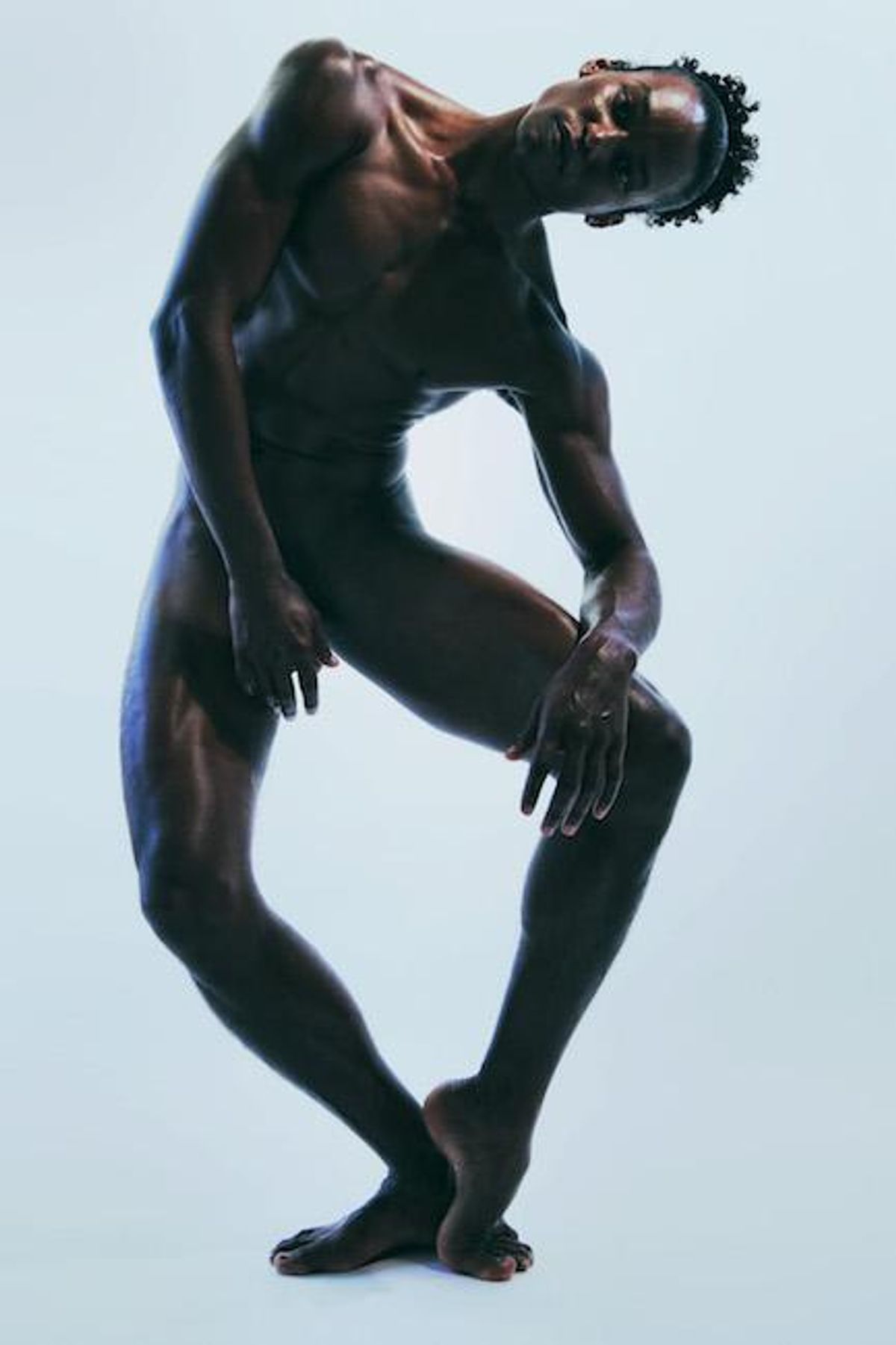



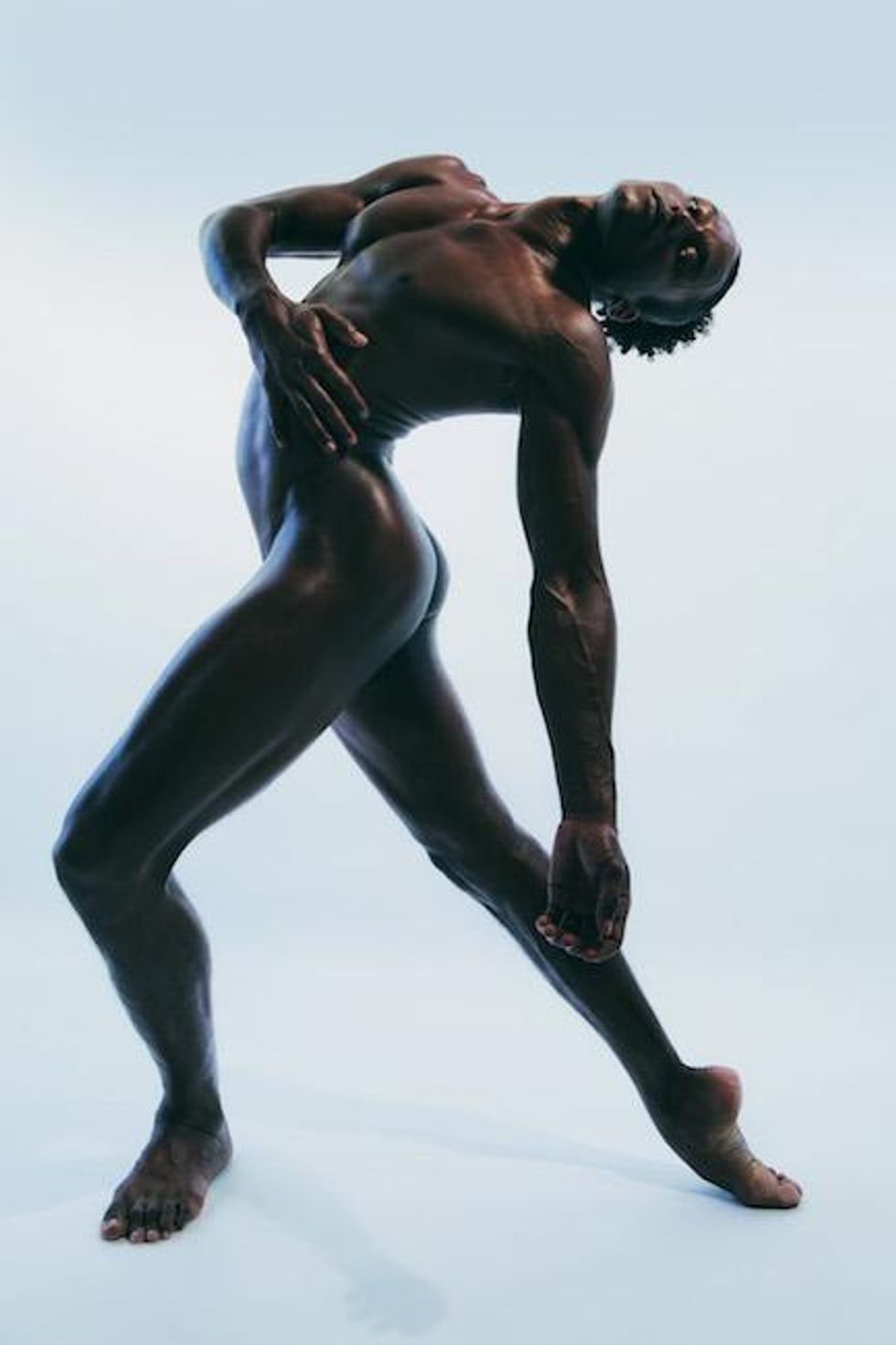
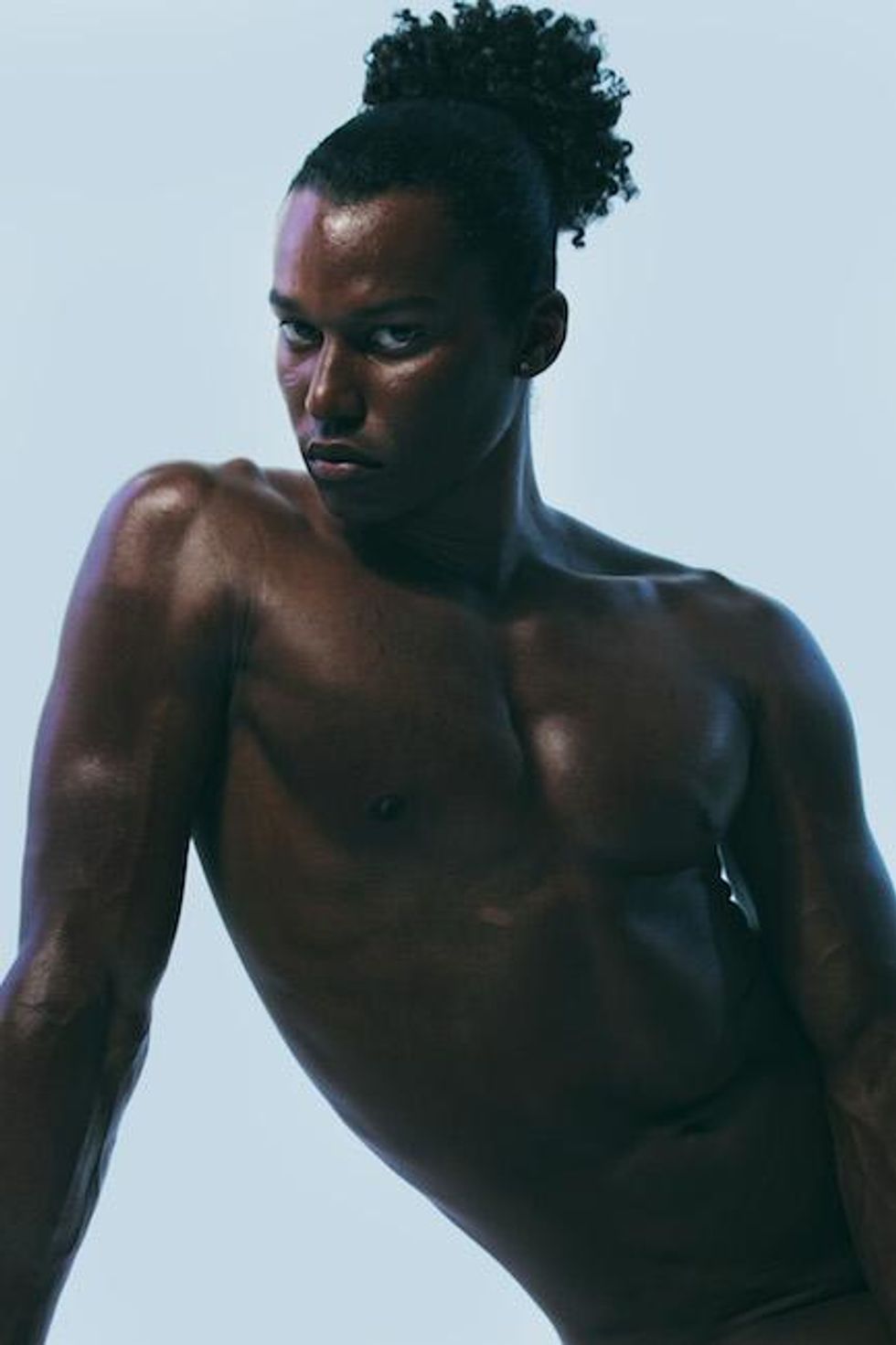

































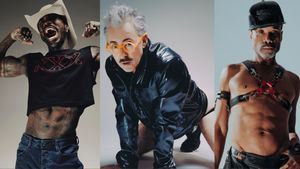




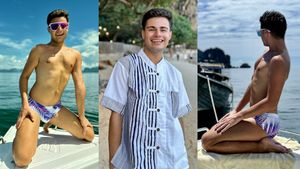



































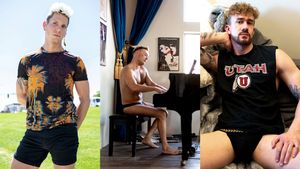





Beware of the Straightors: 'The Traitors' bros vs. the women and gays